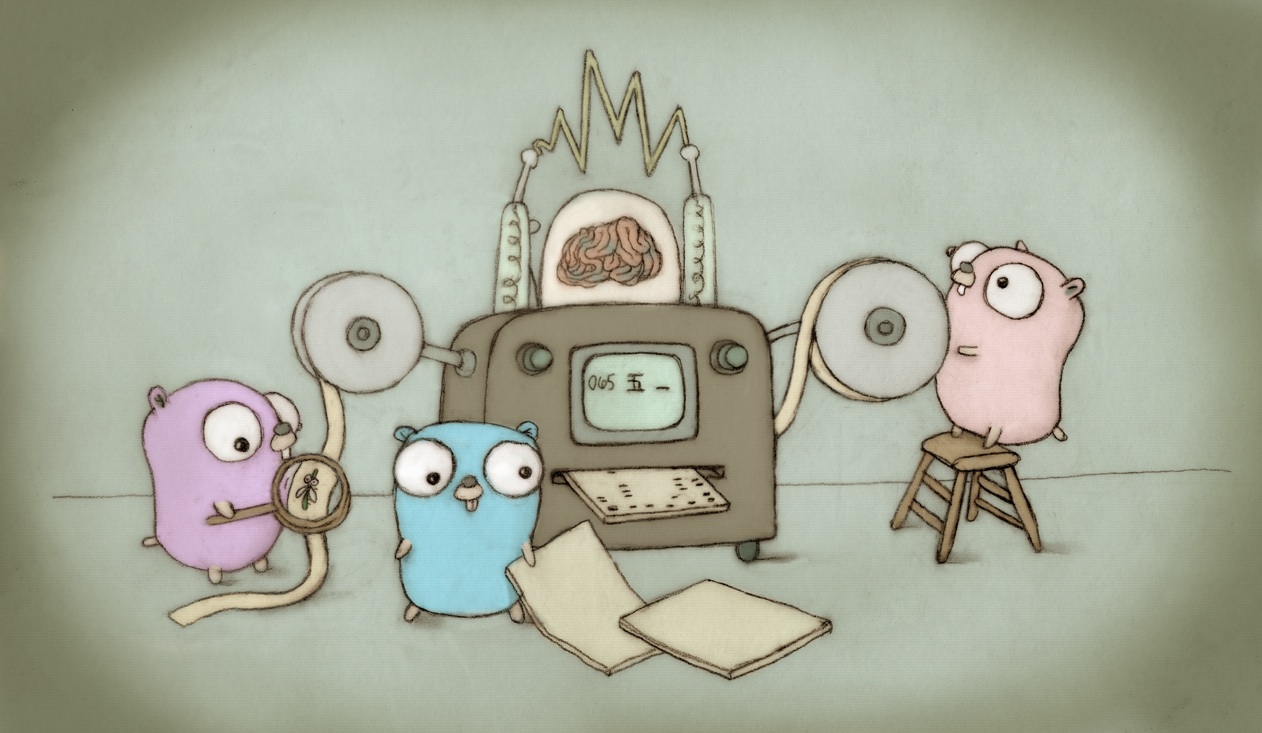On most platforms newly-mapped memory is untouched, meaning the pages backing the region haven't been faulted in yet. However, we mark this memory as unscavenged which means the background scavenger aggressively "returns" this memory to the OS if the heap is small. The only platform where newly-mapped memory is actually unscavenged (and counts toward the application's RSS) is on Windows, since (*mheap).sysAlloc commits the reservation. Instead of making a special case for Windows, I change the requirements a bit for a sysReserve'd region. It must now be both sysMap'd and sysUsed'd, with sysMap being a no-op on Windows. Comments about memory allocation have been updated to include a more up-to-date mental model of which states a region of memory may be in (at a very low level) and how to transition between these states. Now this means we can correctly mark newly-mapped heap memory as scavenged on every platform, reducing the load on the background scavenger early on in the application for small heaps. As a result, heap-growth scavenging is no longer necessary, since any actual RSS growth will be accounted for on the allocation codepath. Finally, this change also cleans up grow a little bit to avoid pretending that it's freeing an in-use span and just does the necessary operations directly. Fixes #32012. Fixes #31966. Updates #26473. Change-Id: Ie06061eb638162e0560cdeb0b8993d94cfb4d290 Reviewed-on: https://go-review.googlesource.com/c/go/+/177097 Run-TryBot: Michael Knyszek <mknyszek@google.com> TryBot-Result: Gobot Gobot <gobot@golang.org> Reviewed-by: Austin Clements <austin@google.com> |
||
|---|---|---|
| .github | ||
| api | ||
| doc | ||
| lib/time | ||
| misc | ||
| src | ||
| test | ||
| .gitattributes | ||
| .gitignore | ||
| AUTHORS | ||
| CONTRIBUTING.md | ||
| CONTRIBUTORS | ||
| favicon.ico | ||
| LICENSE | ||
| PATENTS | ||
| README.md | ||
| robots.txt | ||
The Go Programming Language
Go is an open source programming language that makes it easy to build simple, reliable, and efficient software.
 Gopher image by Renee French, licensed under Creative Commons 3.0 Attributions license.
Gopher image by Renee French, licensed under Creative Commons 3.0 Attributions license.
Our canonical Git repository is located at https://go.googlesource.com/go. There is a mirror of the repository at https://github.com/golang/go.
Unless otherwise noted, the Go source files are distributed under the BSD-style license found in the LICENSE file.
Download and Install
Binary Distributions
Official binary distributions are available at https://golang.org/dl/.
After downloading a binary release, visit https://golang.org/doc/install or load doc/install.html in your web browser for installation instructions.
Install From Source
If a binary distribution is not available for your combination of operating system and architecture, visit https://golang.org/doc/install/source or load doc/install-source.html in your web browser for source installation instructions.
Contributing
Go is the work of thousands of contributors. We appreciate your help!
To contribute, please read the contribution guidelines: https://golang.org/doc/contribute.html
Note that the Go project uses the issue tracker for bug reports and proposals only. See https://golang.org/wiki/Questions for a list of places to ask questions about the Go language.